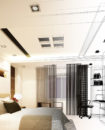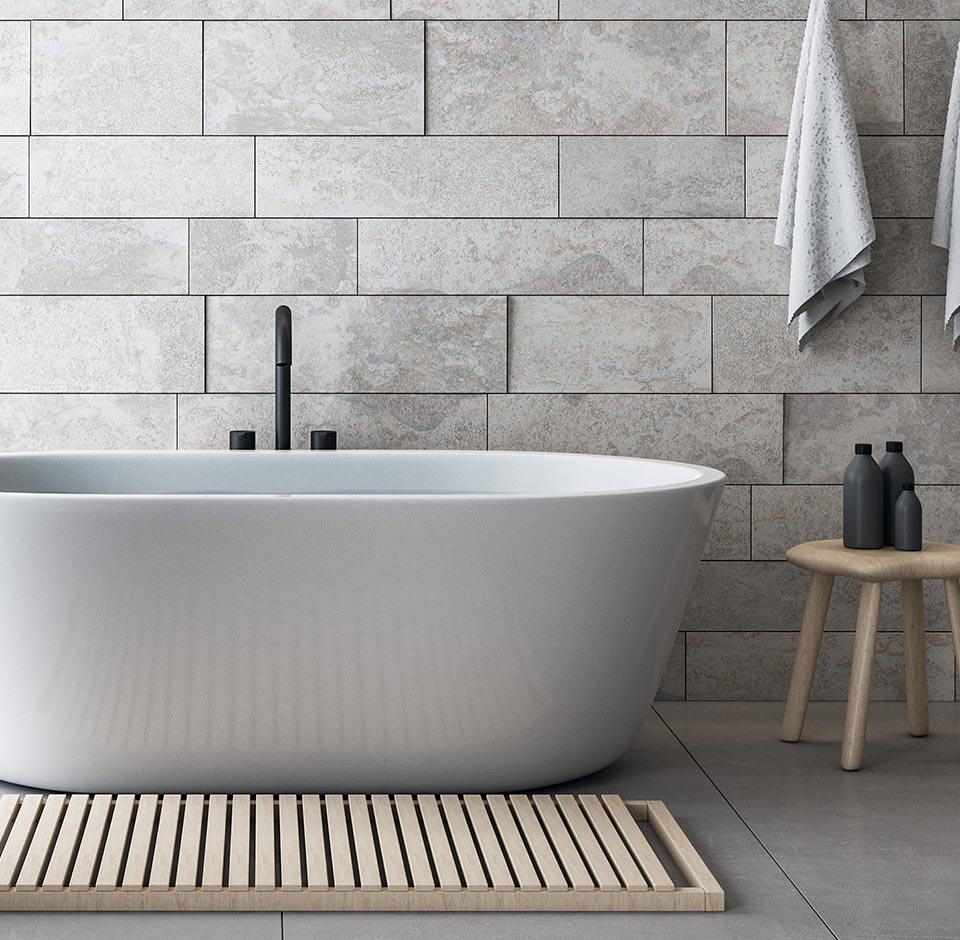10 hotel LED lighting blunders and how to avoid them
The right LED lighting is crucial to ensure that hotel guests have the best experience during their stay – avoid these ten blunders:
1: Design and plan – light planner needed
Don’t make the mistake of leaving the lighting design and layout to the electrical engineers. A good light planner is worth their weight in gold. Guests might not consciously notice great lighting design but they will certainly feel the mood. And they will definitely notice poor lighting design, especially when forming first impressions.
2: Old-school lighting
The old-style separation in hotel public areas with separate foyer, bar, restaurant and so on is rapidly being replaced with more open-form spaces. It’s a big mistake to have a narrow range of LED lighting that cannot be adapted to suit different primary uses throughout the day.
For example, you might need cool LED lighting for breakfast while altering this to a warmer light for the evening. And you can “zone out” other areas like the bar with lighting contrasts when these are not in use.
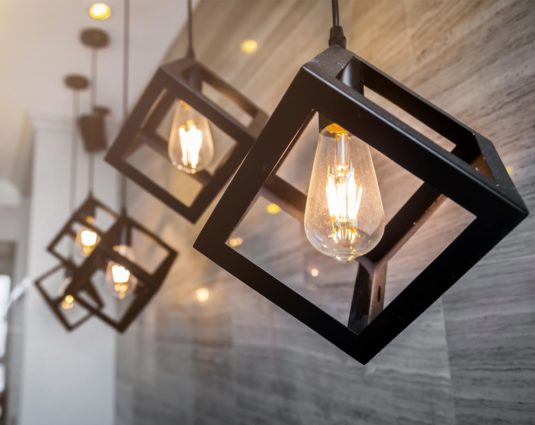

3: Avoid the cheap option
Robust fixtures and luminaires are essential so avoid a common temptation to buy cheap LED options. Hotel operations, with 24/7 needs, demand the best quality that gives maintenance free use in all areas of high demand. Budget-price options not only are susceptible to higher failure rates than well-manufactured products, they also give poorer quality light.
4: Provide lighting for diverse events
Adaptability is the key to avoid disappointing guests who have a wide range of needs for diverse events, from conferences to business meetings, weddings and other celebrations.
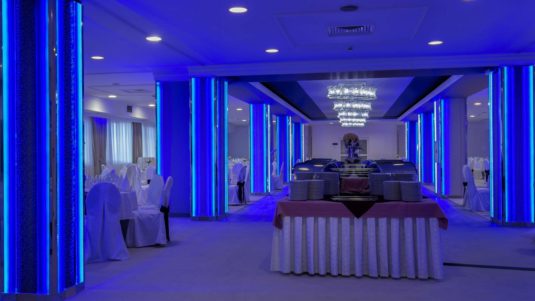

A common issue is that the function space often has one design and no options. Wedding guests, for example, would not want to celebrate under lighting that mirrors their work place. So, it’s important to provide options so that guests can light the room in the way that they want, from RGB colour ranges to full range dimming.
With smart lighting controls, you can offer pre-defined settings for different parts of the day as well, to easily move from daytime business conference to evening reception.
5: Samples are essential
Seeing is believing! One very common mistake when hotels upgrade to LED is failing to test with samples and assuming straight replacement is fine. LED fittings and lamps tend to have a more directional output so when replacing a now-banned halogen downlight, for example, the LED will give less light spill.
In areas like hotel corridors, it’s important to see the different amount of light spill and make adjustments. Using LED strip lighting can be a very effective way to illuminate these areas, replacing old fluorescent fittings.
In one case recently, new LED corridor lights in a hotel were far too bright and guests had to use towels to block the gap under their room doors to keep the light out!
6: Bathroom too bright
Balancing bathroom lighting is a skill and too many hotel bathrooms still fail the comfort test. Lighting that is too harsh, glare on mirrors and a space that is too brightly lit makes guests feel less than relaxed.
Give guests control of lighting through dimming and several options. Some of them might enjoy colour temperatures of 4000 K while others want warmer light at 3000K or less.
Style touches such as using LED ribbon lights around the counter also help to enhance the mood while it’s important to avoid if possible a downlight directly over the bath so people are not dazzled when lying back to relax.
7: Dull colours
Poor quality LED lighting is no friend of colour. There is no quicker way to make the hotel environment drab that by having lighting that makes colours look dull. With some LEDs, the colour render index is below 80 and this is a crucial measure of the ability to effectively illuminate colour.
So, it’s important to ensure that LED fittings have a CRI of 80-90 or better and also to check that the red value (R9) more than 80 so that these shades look vibrant, not muddy.
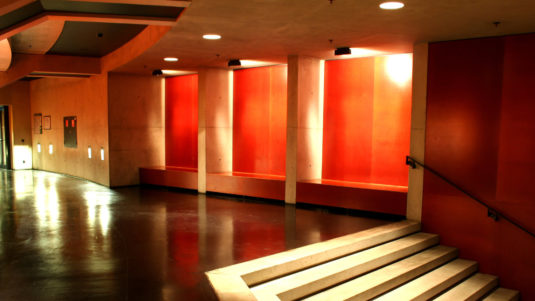

8: Harsh welcome
It’s important to make sure that the guest room hallways are not lit like a high-security prison. Naturally, the hallway is the first thing the guest experiences when they enter their rooms, so warm welcoming light is a must.
Light needs to be sufficient amount so they feel at home. This cosy atmosphere can be simply achieved with a high CRI of 90 or more for vibrant and natural colours together and a low Kelvin measure for a warm effect – around 2700-3000.
9: Lights incompatible with dimmer
When replacing traditional lamps like halogen, dimming compatibility is often overlooked. Some LED models do not dim smoothly on dimmers that were used for incandescent or halogen lights. The wrong replacement can flicker and flash a low levels. LEDs function in a different way to traditional (and now obsolete) lamps and the circuitry can confuse some old standard dimmers.
Hotels need to make sure that the LED models they select are compatible with the dimming functionality in place and upgrade if needed.
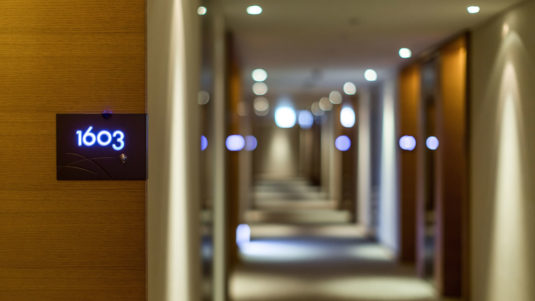

10 Too much glare
Some types of LED panels in corridors and meeting rooms as well as back of house, can give glare issues. These deliver all the light at the diffusing surface of the luminaire, rather than deeper in a louvre system and this means that too much light is distributed.
In places where glare needs to be controlled, it’s important to select a model with a unified glare index (UGR) of less than 19.

